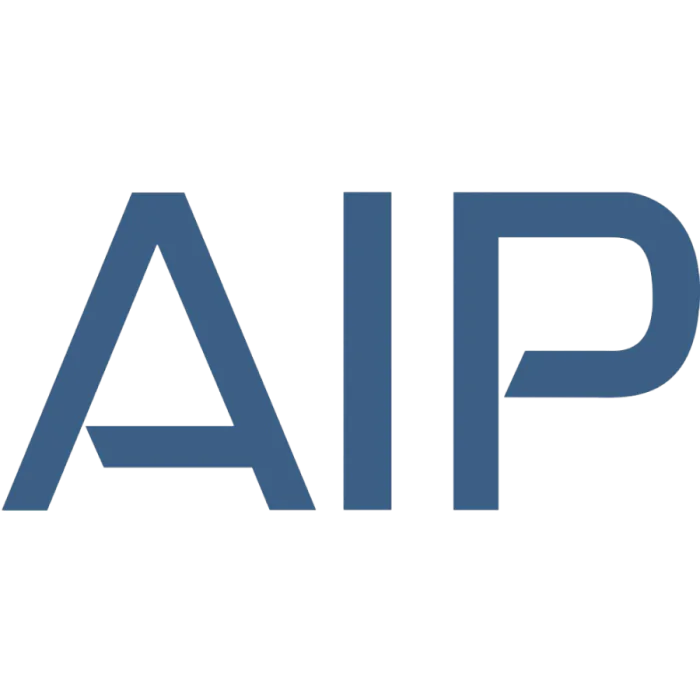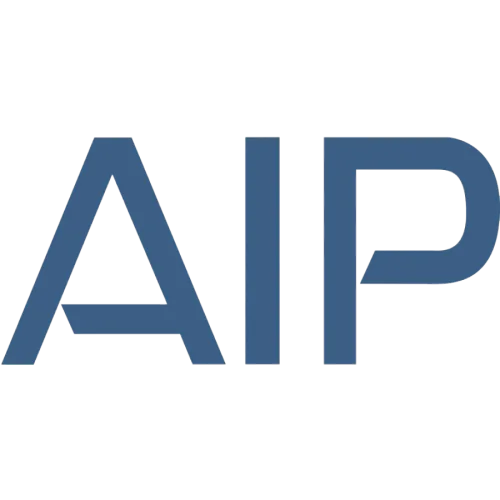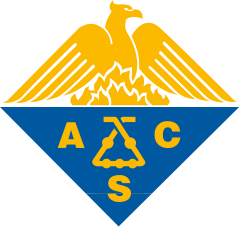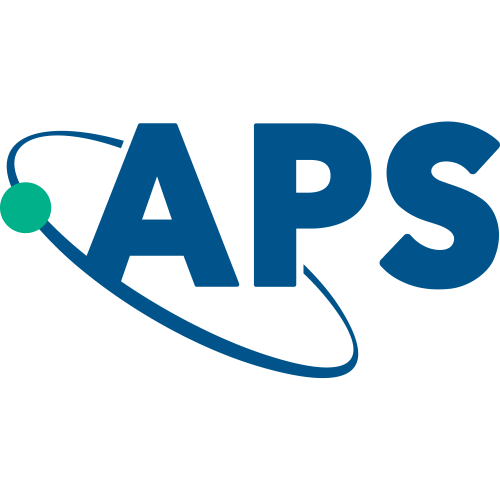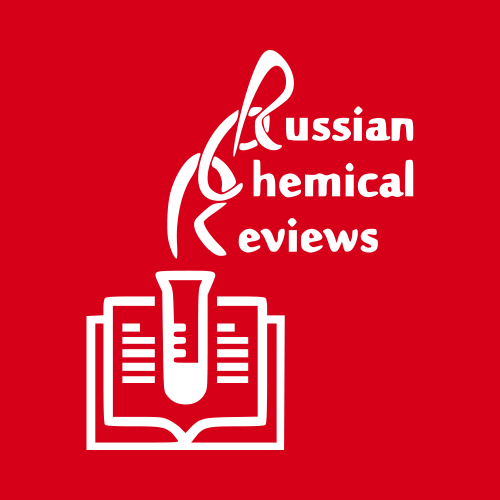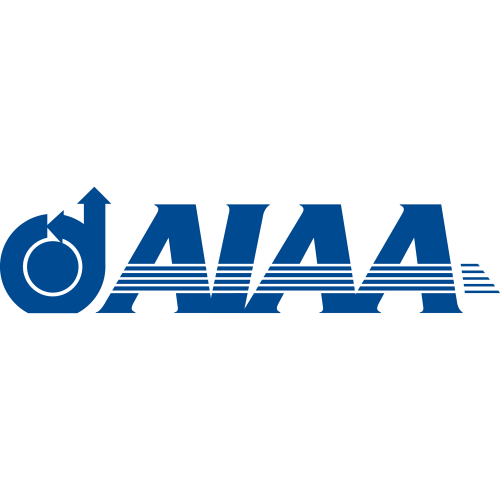A diffusion–reaction scheme for modeling ignition and self-propagating reactions in Al/CuO multilayered thin films
Thermite multilayered films have the potential to be used as local high intensity heat sources for a variety of applications. Improving the ability of researchers to more rapidly develop Micro Electro Mechanical Systems devices based on thermite multilayer films requires predictive modeling in which an understanding of the relationship between the properties (ignition and flame propagation), the multilayer structure and composition (bilayer thicknesses, ratio of reactants, and nature of interfaces), and aspects related to integration (substrate conductivity and ignition apparatus) is achieved. Assembling all these aspects, this work proposes an original 2D diffusion-reaction modeling framework to predict the ignition threshold and reaction dynamics of Al/CuO multilayered thin films. This model takes into consideration that CuO first decomposes into Cu2O, and then, released oxygen diffuses across the Cu2O and Al2O3 layers before reacting with pure Al to form Al2O3. This model is experimentally validated from ignition and flame velocity data acquired on Al/CuO multilayers deposited on a Kapton layer. This paper discusses, for the first time, the importance of determining the ceiling temperature above which the multilayers disintegrate, possibly before their complete combustion, thus severely impacting the reaction front velocity and energy release. This work provides a set of heating surface areas to obtain the best ignition conditions, i.e., with minimal ignition power, as a function of the substrate type.
Top-30
Journals
|
1
2
3
4
5
|
|
|
Journal of Applied Physics
5 publications, 12.5%
|
|
|
Journal of Physical Chemistry C
3 publications, 7.5%
|
|
|
Combustion and Flame
2 publications, 5%
|
|
|
Propellants, Explosives, Pyrotechnics
2 publications, 5%
|
|
|
ACS Applied Energy Materials
2 publications, 5%
|
|
|
International Communications in Heat and Mass Transfer
2 publications, 5%
|
|
|
Applied Physics Letters
1 publication, 2.5%
|
|
|
Micromachines
1 publication, 2.5%
|
|
|
Nanomaterials
1 publication, 2.5%
|
|
|
Applied Sciences (Switzerland)
1 publication, 2.5%
|
|
|
Materials
1 publication, 2.5%
|
|
|
International Journal of Heat and Mass Transfer
1 publication, 2.5%
|
|
|
Nanotechnology
1 publication, 2.5%
|
|
|
Chemical Physics Letters
1 publication, 2.5%
|
|
|
Vacuum
1 publication, 2.5%
|
|
|
Chemical Engineering Science
1 publication, 2.5%
|
|
|
ACS Applied Nano Materials
1 publication, 2.5%
|
|
|
Journal of Physical Chemistry A
1 publication, 2.5%
|
|
|
Combustion Theory and Modelling
1 publication, 2.5%
|
|
|
Physical Review Materials
1 publication, 2.5%
|
|
|
Physical Chemistry Chemical Physics
1 publication, 2.5%
|
|
|
Nanoscience and Technology
1 publication, 2.5%
|
|
|
Applied Thermal Engineering
1 publication, 2.5%
|
|
|
Russian Chemical Reviews
1 publication, 2.5%
|
|
|
SpringerBriefs in Applied Sciences and Technology
1 publication, 2.5%
|
|
|
FirePhysChem
1 publication, 2.5%
|
|
|
International Journal of Thermal Sciences
1 publication, 2.5%
|
|
|
Applications in Energy and Combustion Science
1 publication, 2.5%
|
|
|
1
2
3
4
5
|
Publishers
|
2
4
6
8
10
12
|
|
|
Elsevier
12 publications, 30%
|
|
|
American Chemical Society (ACS)
7 publications, 17.5%
|
|
|
AIP Publishing
6 publications, 15%
|
|
|
MDPI
4 publications, 10%
|
|
|
Wiley
3 publications, 7.5%
|
|
|
IOP Publishing
1 publication, 2.5%
|
|
|
Taylor & Francis
1 publication, 2.5%
|
|
|
American Physical Society (APS)
1 publication, 2.5%
|
|
|
Royal Society of Chemistry (RSC)
1 publication, 2.5%
|
|
|
Begell House
1 publication, 2.5%
|
|
|
Autonomous Non-profit Organization Editorial Board of the journal Uspekhi Khimii
1 publication, 2.5%
|
|
|
Springer Nature
1 publication, 2.5%
|
|
|
American Institute of Aeronautics and Astronautics (AIAA)
1 publication, 2.5%
|
|
|
2
4
6
8
10
12
|
- We do not take into account publications without a DOI.
- Statistics recalculated weekly.
